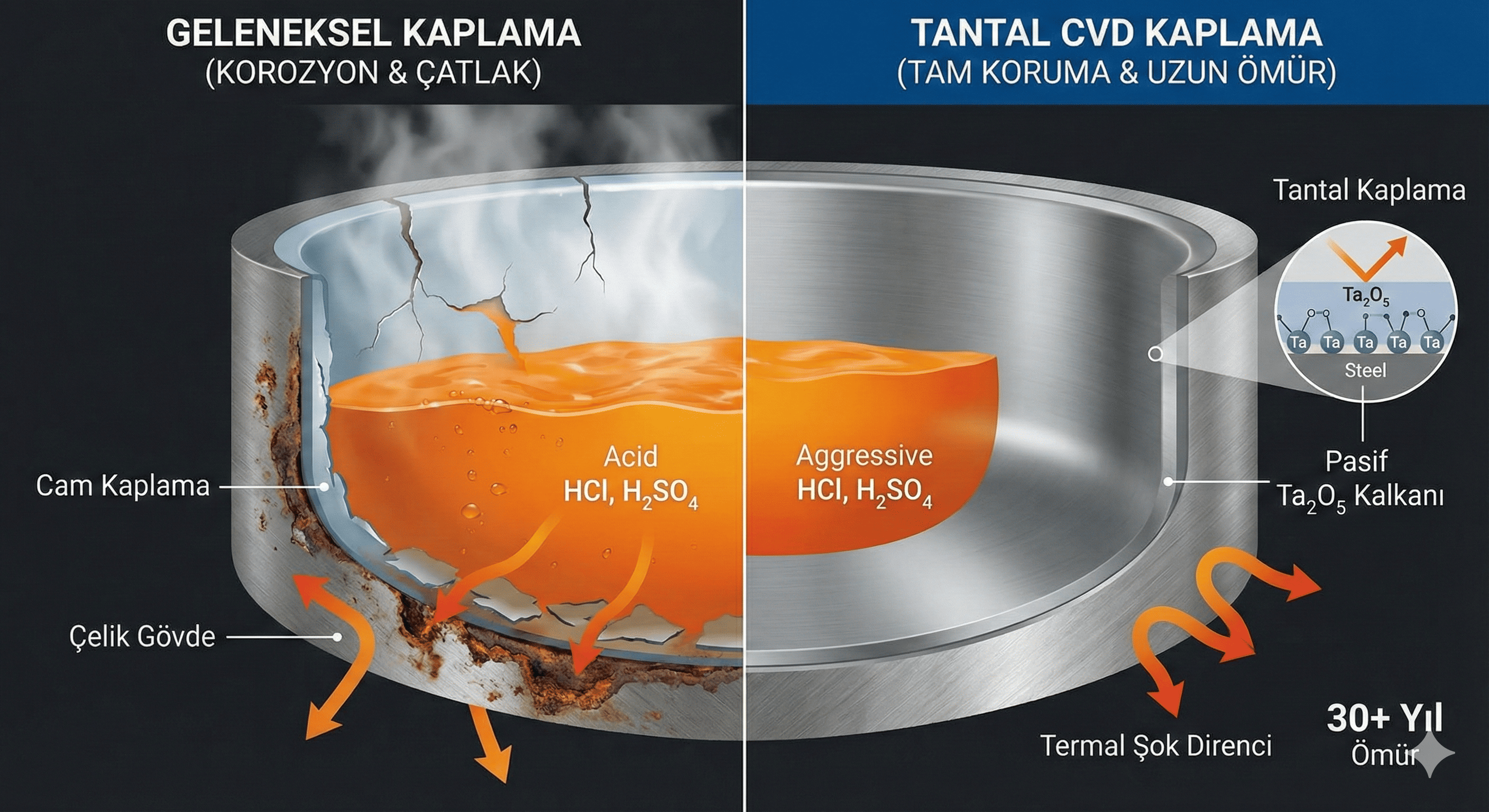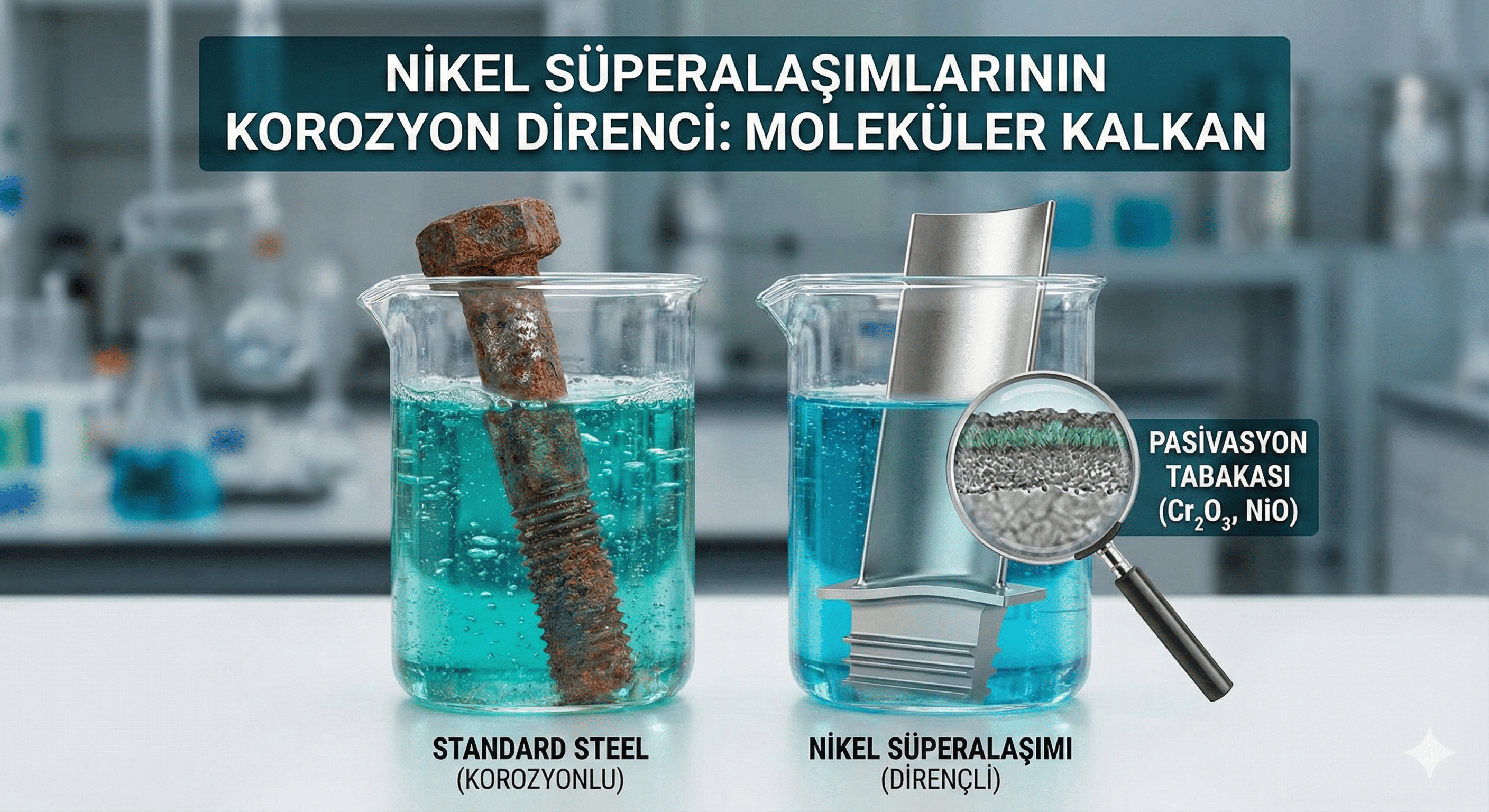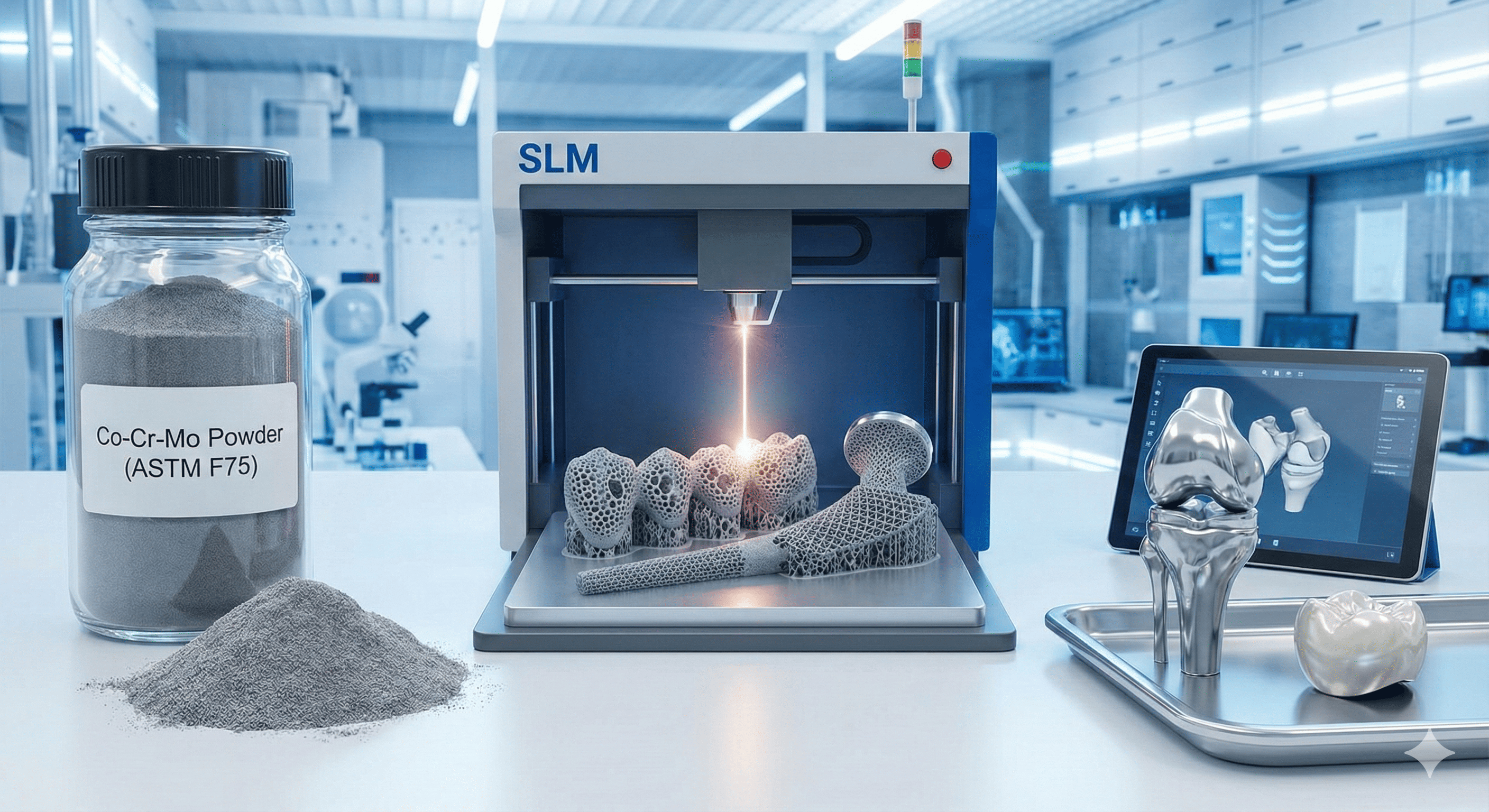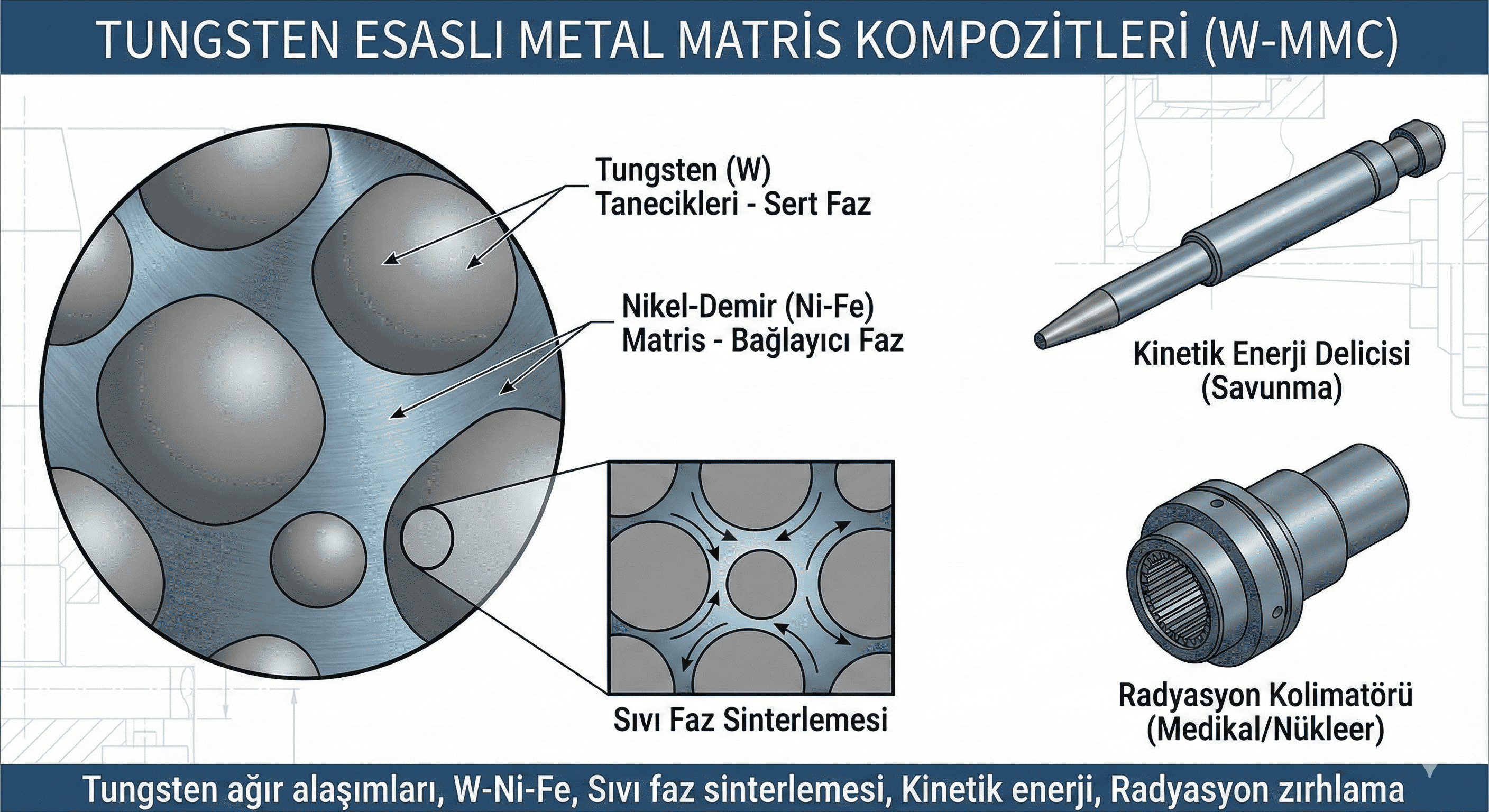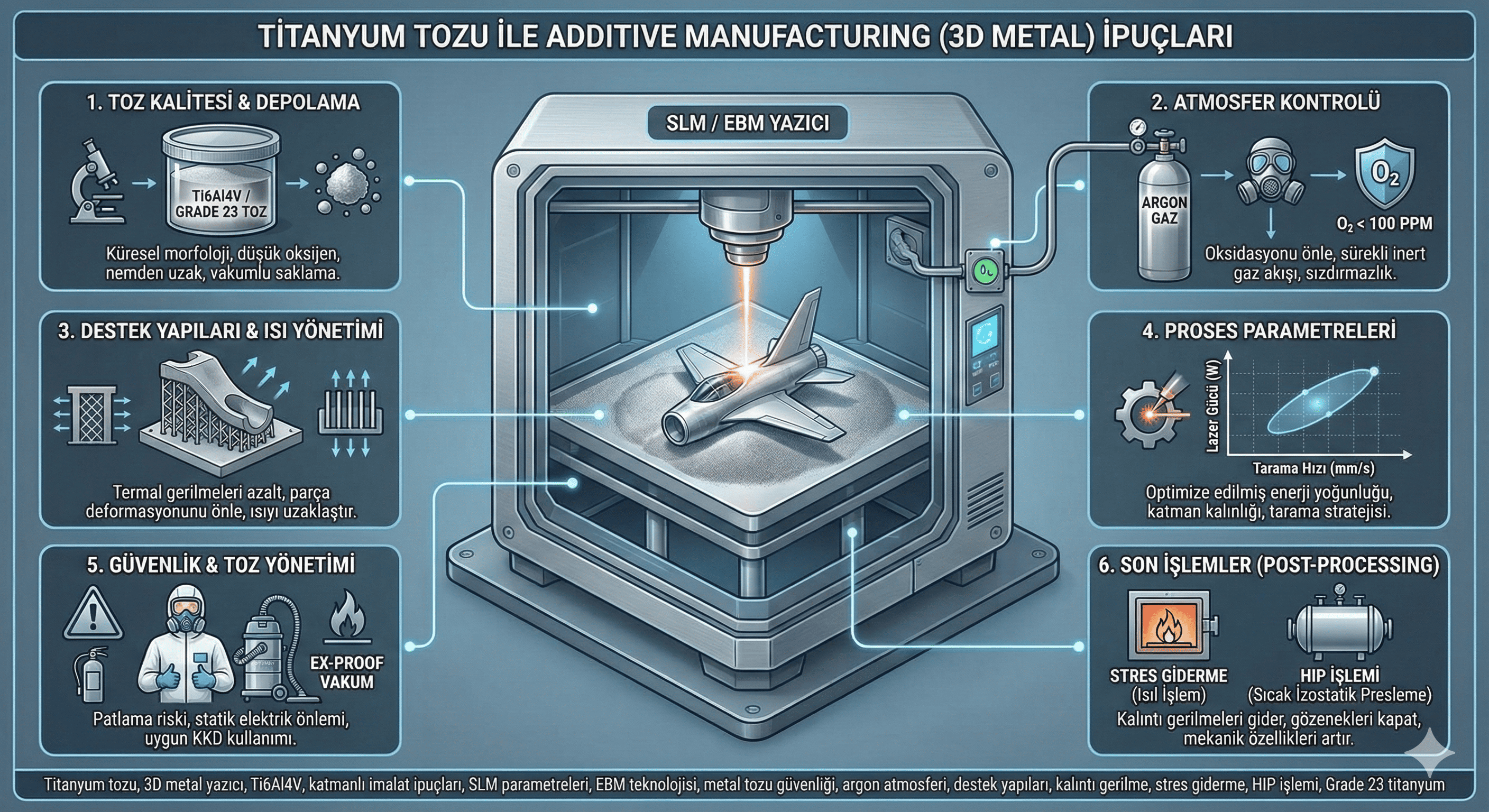Titanium Oxide Nanoparticles (Anatase): Properties, Synthesis, and Applications
Introduction
Titanium dioxide (TiO²) nanoparticles exist in several crystalline forms, with anatase being one of the most studied due to its unique properties and wide range of applications. Anatase TiO² nanoparticles are renowned for their high surface area, photocatalytic activity, and stability. This article explores the properties, synthesis methods, and applications of anatase titanium dioxide nanoparticles.
Chemical Properties
- Composition: Anatase titanium dioxide nanoparticles are composed of titanium dioxide in the anatase crystal structure, one of the three primary phases of TiO² (the others being rutile and brookite). The chemical formula remains TiO², but the properties differ based on the crystal structure.
- Reactivity: Anatase TiO² is known for its photocatalytic activity, which is particularly pronounced under UV light. This makes it highly reactive in processes such as the degradation of organic pollutants. The reactivity is attributed to the higher energy band gap of anatase compared to rutile.
- Surface Chemistry: The high surface area of anatase nanoparticles provides a large number of active sites for chemical reactions. Surface modifications can be applied to enhance their properties, such as increasing their photocatalytic efficiency or stability.
Physical Properties
- Size and Shape: Anatase titanium dioxide nanoparticles typically range from 1 to 100 nanometers in size. They can exhibit various shapes, including spherical, rod-like, or irregular, depending on the synthesis method.
- Density: The bulk density of anatase TiO² is approximately 3.9 g/cm³, but the density of the nanoparticles can be lower due to their high surface area and potential porosity.
- Mechanical Properties: Anatase TiO² nanoparticles are relatively hard and have high mechanical strength. The properties can vary from bulk material due to size effects and surface interactions.
- Thermal Properties: Anatase TiO² has a high thermal stability, with its phase transforming to rutile at temperatures above approximately 600°C (1,112°F). The transformation temperature can vary based on particle size and other factors.
- Optical Properties: Anatase TiO² nanoparticles exhibit strong UV absorption and high photocatalytic activity. They have a band gap of about 3.2 eV, which contributes to their photocatalytic properties under UV light.
Synthesis Methods
- Sol-Gel Method: In the sol-gel process, titanium precursors (such as titanium alkoxides) are hydrolyzed to form a gel. The gel is then dried and calcined to produce anatase TiO² nanoparticles. This method allows for control over particle size and morphology.
- Hydrothermal Synthesis: This method involves reacting titanium salts in a high-temperature, high-pressure aqueous environment. The hydrothermal process yields anatase nanoparticles with well-defined properties and high purity.
- Chemical Vapor Deposition (CVD): CVD involves the deposition of titanium oxide from vaporized precursors onto a substrate. The method allows for precise control over the crystal phase and particle size, resulting in anatase TiO² nanoparticles.
- Precipitation: Titanium salts are precipitated with a precipitating agent in this method, followed by filtration, washing, and calcination to produce anatase TiO² nanoparticles. The conditions can be adjusted to favor the anatase phase.
- Laser Ablation: Laser ablation involves irradiating a titanium target with a high-energy laser in a vacuum or inert gas atmosphere. The laser causes the target to vaporize, and the vapor condenses into anatase TiO² nanoparticles.
- Template Method: This method uses a template to control the shape and size of the nanoparticles. The template is removed after synthesis to obtain anatase TiO² nanoparticles with desired properties.
Applications
- Photocatalysis: Anatase TiO² nanoparticles are widely used as photocatalysts for the degradation of organic pollutants and disinfection. Their high photocatalytic activity under UV light makes them suitable for environmental cleanup and water purification.
- Sensors: Due to their high surface area and reactivity, anatase TiO² nanoparticles are used in sensors for detecting gases, liquids, and biological molecules. They are employed in gas sensors, biosensors, and chemical sensors.
- Optical Coatings: The unique optical properties of anatase TiO² make it valuable for optical coatings. It is used in applications such as antireflection coatings and UV-protective coatings due to its high refractive index.
- Energy Storage: In energy storage devices like batteries and supercapacitors, anatase TiO² nanoparticles are used to improve performance. Their high surface area contributes to enhanced charge storage and cycling stability.
- Cosmetics and Pharmaceuticals: Anatase TiO² nanoparticles are used in sunscreens and cosmetics due to their UV-blocking properties. They are also explored in pharmaceuticals for drug delivery and imaging applications.
- Catalysis: Beyond photocatalysis, anatase TiO² nanoparticles are used in various catalytic processes, including oxidation and hydrogenation reactions. Their high surface area and activity enhance their catalytic performance.
Safety and Handling
- Toxicity: Anatase TiO² nanoparticles are generally considered to have low toxicity, but inhalation of fine dust or prolonged exposure should be avoided. Proper safety measures should be followed to minimize health risks.
- Protective Measures: When handling anatase TiO² nanoparticles, use appropriate personal protective equipment (PPE), such as dust masks, safety goggles, and gloves. Work in a well-ventilated area or fume hood to reduce exposure to airborne particles.
- Storage: Store anatase TiO² nanoparticles in airtight containers to prevent contamination and moisture absorption. Keep them in a cool, dry place to maintain stability and prevent degradation.
Conclusion
Anatase titanium dioxide nanoparticles possess a range of unique properties, including high photocatalytic activity, UV absorption, and thermal stability. Their small size and high surface area make them valuable for diverse applications in photocatalysis, sensors, optical coatings, and energy storage. Understanding their synthesis methods, properties, and safety considerations is essential for effectively utilizing anatase TiO² nanoparticles in advanced technologies and industrial processes.
Feel free to ask if you need further details or have more questions!

